THE GEAR • October 2019
How to pack for an adventure
Not sure where to start when it comes to packing for an active holiday? Whether you’re planning to hit the slopes, sail off into the sunset, do some wild camping or embark on a safari, we ask the experts what kit they never leave home without

The photographer
Says who: Ben Roberts, documentary and travel photographer
A big challenge as I became an adventure travel photographer was working out how to carry all of my kit to remote areas. When I shot a feature for British Airways’ High Life magazine on an island off Queensland, I bought an F-Stop Gear backpack (pictured) that could hold all my camera gear, food and camping equipment for a five-day jungle hike. It’s the best camera backpack I’ve ever owned. For wet conditions, I also have a couple of Storm Jacket camera covers, which let you access your camera’s controls while protecting your equipment. And I like to take lighting while still having my whole kit in one backpack, so I take two Godox AD200 flash units on shoots – they’re wireless, can communicate with my cameras, and are a great balance of performance and affordability.
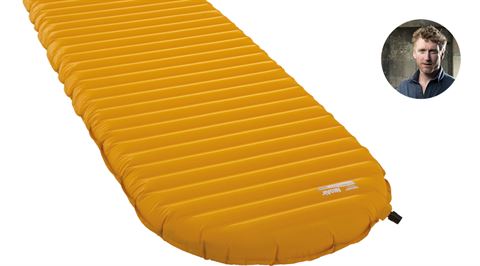
The camper
Says who: Alastair Humphreys, adventurer and author
For a trip around the world, you don’t really need to pack more than you would pack for a trip that’s a weekend long. For maximum freedom, not to mention cost, I pack a bivvy bag and a tarp for weekend trips so I can camp anywhere. I use a one-person tent for a trip of longer than a week. And, if it was going to be more than a month, I’d use a two-person tent. I think the luxury of a little extra space is worth the tiny bit of extra weight. And, to ensure a comfortable night’s sleep, an inflatable camping mat from Therm-a-Rest (pictured). For cooking gear, I recommend an MSR stove for the remote regions where you can’t buy gas canisters because it runs on petrol. The luxury item I take on all trips is a North Face down jacket for extra warmth. I also recommend a Buff headband, which is versatile as a hat, bandage, hair band, or an eye mask for those light mornings in the tent.
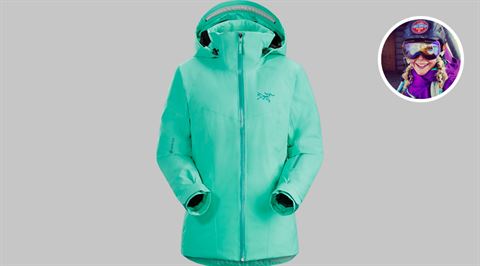
The skier
Says who: Gabriella Le Breton, ski journalist
Be it a relaxing family holiday or challenging backcountry trip, my ski bag remains virtually identical. I always bring my own ski boots, helmet and avalanche kit (shovels, etc) as I find them integral to my comfort, performance and safety. I wear a light down jacket while travelling and pack a waterproof shell to wear over it while skiing – I’ve been wearing an Arc’teryx Cerium down and Tiya shell (pictured) for six seasons now. Quality base layers are also critical for keeping warm and dry and, thanks to Helly Hansen and Finnistere, they look so good I’m happy to strip down to my thermals in the après-ski bar (although not quite to my Mons Royale merino wool knickers, which always make my packing essentials list).
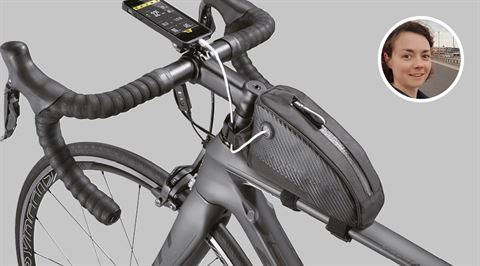
The cyclist
Says who: Laura Laker, cycling journalist
Less is more for cycling adventures. You don’t need much luggage for day trips, but for longer adventures I switch between bikepacking bags and panniers. While electric mountain-biking and wild camping on the Caledonia Way in Scotland, I opted for the former, with a Madison Caribou bar bag for sleeping kit, including a compact OEX traverse IMX sleeping mat, bike charger and washbag, a large Topeak Backloader seat pack for my lightweight tent, a small rucksack for clothes, and a nifty bag (pictured) attached to the bike frame for my phone, Anker battery pack and snacks. When I cycled the coast of Portugal, with rather more luggage, I used Ortlieb Backroller classic panniers on the back and an Ortlieb Ultimate6 on the handlebars. My top tip: find a good saddle that works for you. I’ve often regretted not bringing my own for hire bikes. Good waterproof trousers and a jacket pack down fairly small and, as well as keeping you dry, can fend off the cold when you stop. And, an absolute essential is a basic repair kit.
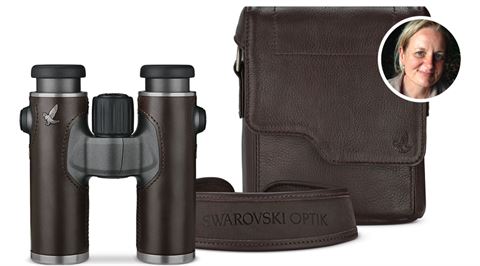
The safari-goer
Says who: Emma Gregg, award-winning travel writer
For me, binoculars and cameras are as crucial as a passport and sunblock. If you’ve never used good binos and a quality camera with a powerful zoom lens, a safari is the time to give it a go. I swear by Swarovski (pictured), Canon and Fuji. There’s no need to spend a fortune on lenses: rent from Lenses For Hire instead. Clothing-wise, I take light, loose layers, including a fleece for dawn drives. Long sleeves offer UV protection and technical fabrics are cooler than cotton when it’s hot. For a walking safari I cover up in a neutral-coloured shirt, trousers, hat and lightweight Gore-Tex shoes.
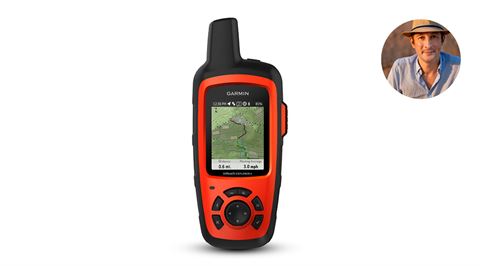
The sailor
Says who: Tristan Rutherford, author and travel writer
I recently sat down with EYOS, the chaps who organise yacht voyages through Canada’s treacherous Northwest Passage, and they swear by Garmin’s inReach Explorer+ (pictured). The Shackleton of smartphones, it has interactive maps and barometric pressure readings. It can even text your mum. A good phrasebook comes in handy too: the doomed Franklin Expedition to the same area lugged three years’ worth of Fortnum & Mason goodies, but not a single Inuit speaker. The brilliant iTranslate app is a modern equivalent. My Mediterranean research trips call at lots of tiny islands (Croatia has a whopping 1,244) rendering distant obstacles a real hazard. The Raymarine Ocean Scout is like a super-power telescope that extends my visual range by using thermal imagery. A Wichard Offshore sailor’s knife will snip through anything in an emergency, plus it glows in the dark and has an all-important bottle opener.
This article has been tagged Fashion + Style, Travel Tips
More from previous issues
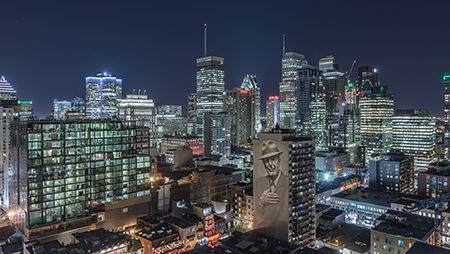
Where to go in October
With summer’s crowds now in the rear view mirror, here are the places to head to if you're still in the holiday mood this month
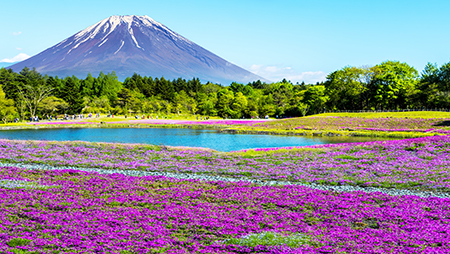
Tokyo and beyond: five out-of-this world experiences
As the eyes of the rugby world turn towards Japan, here are some options near Tokyo if you’d like a day away from the cacophonous stadiums
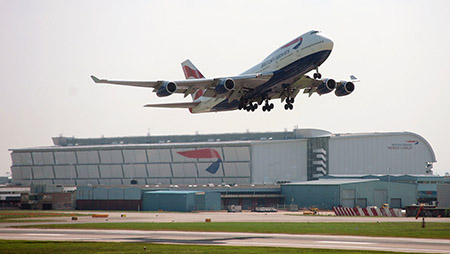
A geek’s guide to British Airways
With 100 years beneath its wings, British Airways is a treasure trove of aviation tales. The Club's editor clues us in
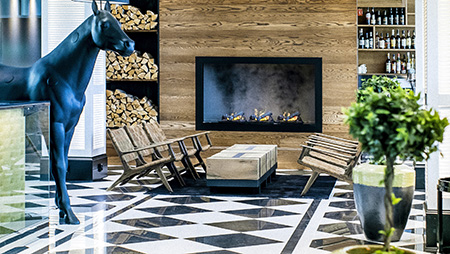
The best boutique hotels for your Christmas break
With winter’s charms only a few months away, our hotel expert takes a look at the Christmas market cities with excellent boutique offerings